12 Songs From Movie Soundtracks That Became Hits on Their Own
Some songs start as part of a film but go on to become unforgettable hits in their own right. They connect with audiences through powerful lyrics, memorable melodies, and emotions that extend beyond the story on screen. These tracks prove that the right combination of music and performance can live on long after the credits roll.
This post may contain affiliate links, which helps keep this content free. Please read our disclosure for more info.
“My Heart Will Go On” by Celine Dion (Titanic)
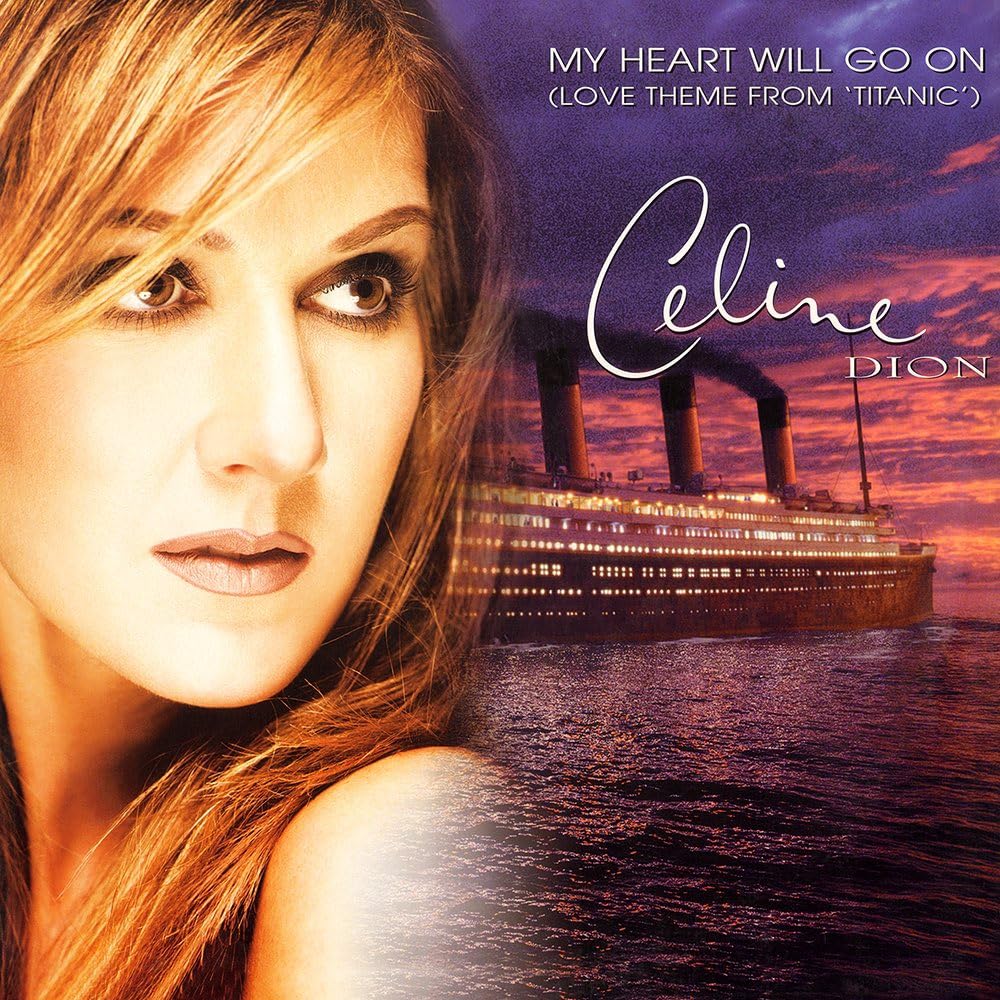
Released in 1997 alongside Titanic, “My Heart Will Go On” became a worldwide sensation almost immediately. Celine Dion originally hesitated to record the track, but her soaring delivery made it unforgettable. The combination of her emotional vocals and James Horner’s stirring composition created a piece that connected with audiences in a deeply personal way. It was played constantly on radio stations, music channels, and award shows, turning into one of the defining songs of the decade.
The song dominated international charts, selling over 18 million copies worldwide and becoming one of the best-selling singles of all time. It won both the Academy Award for Best Original Song and the Grammy for Record of the Year, cementing its place in music history. Long after Titanic left theaters, the song continued to appear at weddings, concerts, and cultural events, proving it had carved its own path as a timeless love ballad.
“I Will Always Love You” by Whitney Houston (The Bodyguard)
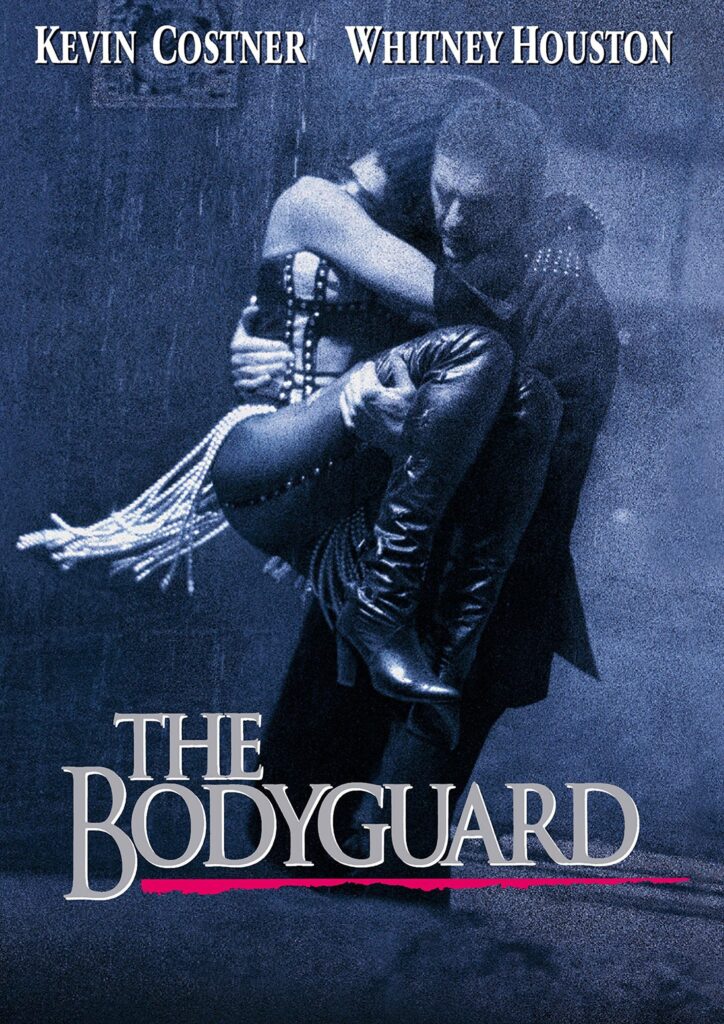
Although Dolly Parton first released this song in 1974, Whitney Houston’s version for the 1992 film The Bodyguard redefined it completely. Her performance began with a soft, a cappella introduction before building into a powerhouse delivery that showcased her unmatched vocal ability. The arrangement shifted the song from its country roots into a soul and pop anthem, making it accessible to a global audience.
The track spent 14 consecutive weeks at number one on the Billboard Hot 100, setting records that stood for years. It became the best-selling single by a female artist at the time and helped The Bodyguard soundtrack become one of the most successful albums in history. Beyond its chart success, the song became a cultural touchstone, used in memorials, celebrations, and countless talent shows. For many listeners, Whitney Houston’s version is the definitive rendition, overshadowing even the film that introduced it to a new generation.
“Gangsta’s Paradise” by Coolio featuring L.V. (Dangerous Minds)
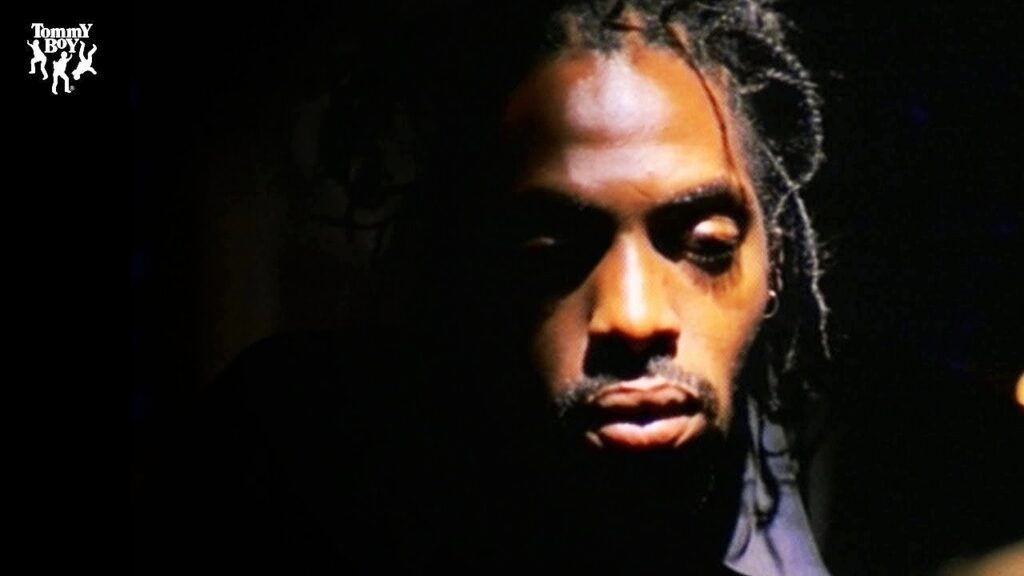
Coolio’s “Gangsta’s Paradise” appeared in the 1995 film Dangerous Minds, but its reach went far beyond the movie. Built on a sample from Stevie Wonder’s “Pastime Paradise,” the track combined a soulful hook with hard-hitting verses about life in tough neighborhoods. Coolio’s lyrics painted a vivid picture of struggle, survival, and reflection, striking a chord with audiences during a time when rap was becoming more mainstream.
The song became a global hit, topping charts in more than a dozen countries and winning a Grammy for Best Rap Solo Performance. Its music video, which featured Michelle Pfeiffer reprising her role from the film, gained heavy rotation on MTV and further boosted its visibility. Unlike many soundtrack singles, it stood firmly on its own, becoming one of the most iconic rap tracks of the 1990s. Even today, it is remembered more for its cultural impact than its connection to Dangerous Minds.
“Eye of the Tiger” by Survivor (Rocky III)
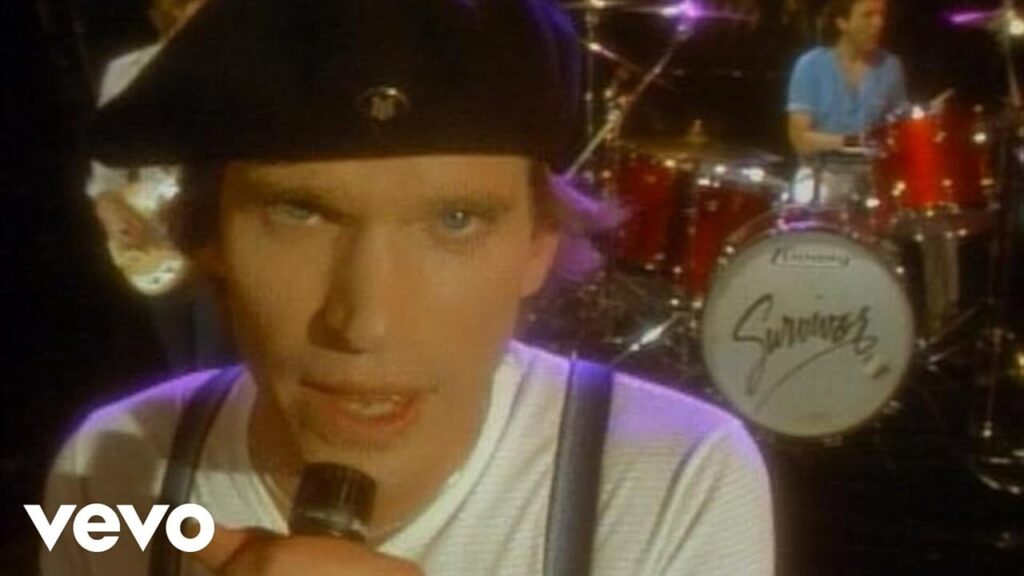
When Sylvester Stallone approached Survivor to create a song for Rocky III in 1982, the band delivered a track that perfectly matched the film’s fighting spirit. With its pounding drumbeat and driving guitar riff, “Eye of the Tiger” instantly captured the determination and grit of Rocky Balboa. Its motivational lyrics resonated with athletes, gym-goers, and anyone striving to overcome challenges.
The single reached number one on the Billboard Hot 100 and stayed there for six weeks. It also earned a Grammy nomination and became the band’s signature song. While the movie helped launch it, the track developed a life of its own, often played at sporting events and training montages. Decades later, it remains one of the most recognized workout songs in the world, long after the Rocky films concluded.
“Stayin’ Alive” by Bee Gees (Saturday Night Fever)
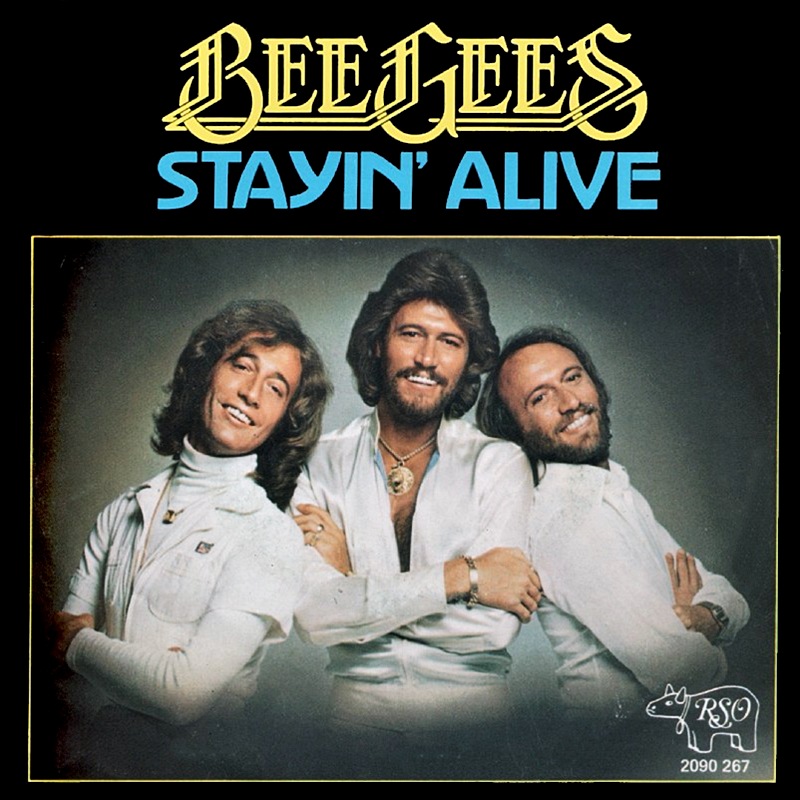
“Stayin’ Alive” became synonymous with disco after its inclusion in the 1977 film Saturday Night Fever. The Bee Gees crafted a song that paired catchy falsetto vocals with a relentless groove, perfectly reflecting the era’s dance culture. The film gave the track global exposure, but the song’s energy and rhythm helped it rise well beyond its soundtrack roots.
It reached number one on the Billboard Hot 100 and spent four weeks at the top, cementing the Bee Gees as icons of the disco movement. The song became a cultural phenomenon, featured in parodies, commercials, and even medical training for its rhythm’s similarity to CPR compressions. Its identity as a disco anthem has endured for decades, outlasting the film and defining an entire musical style.
“Take My Breath Away” by Berlin (Top Gun)
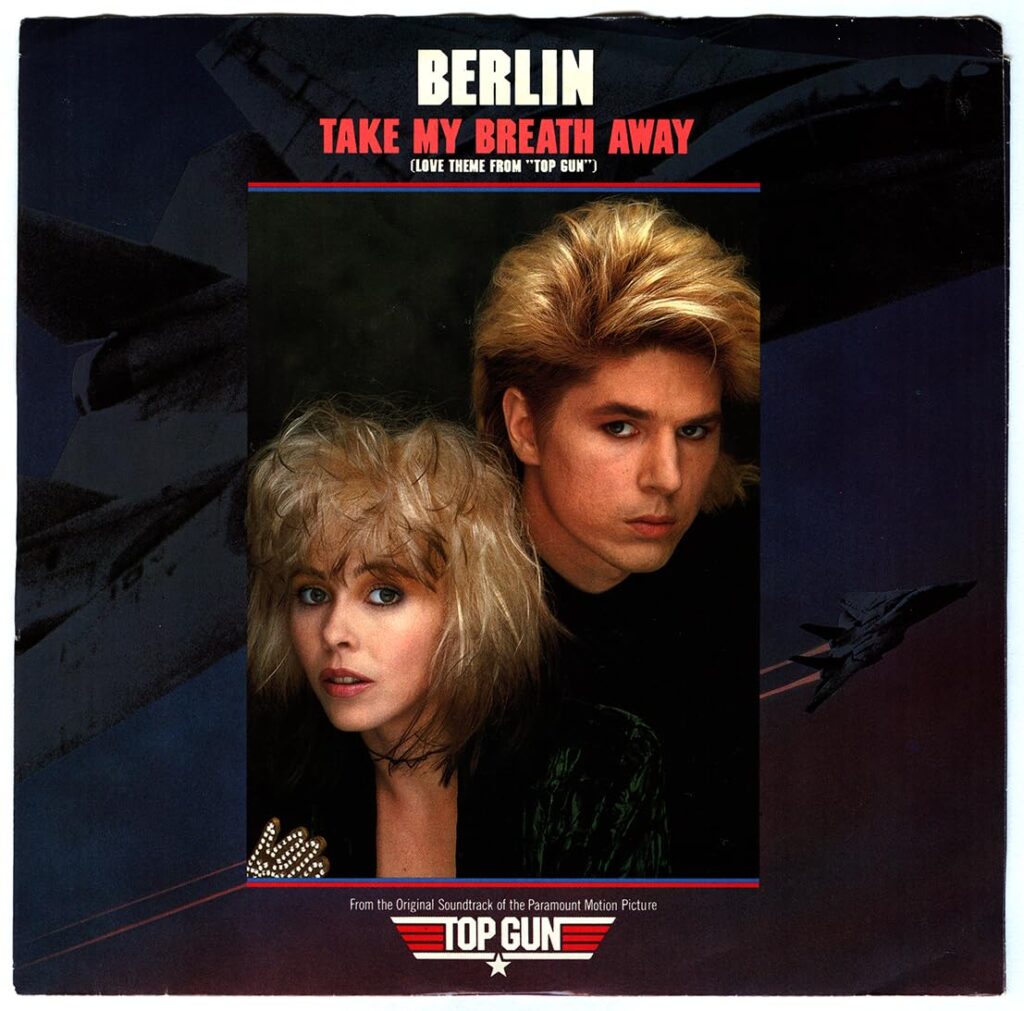
Released in 1986 for Top Gun, “Take My Breath Away” quickly became the film’s romantic centerpiece. Sung by Berlin, the song combined Giorgio Moroder’s sleek production with Terri Nunn’s haunting vocals. The slow tempo and atmospheric synths made it stand out from the upbeat tracks on the soundtrack, creating an emotional balance to the high-octane action sequences.
The track climbed to number one on the Billboard Hot 100 and won the Academy Award for Best Original Song. While Top Gun helped introduce it, the single became a radio staple on its own, capturing the mood of 1980s pop ballads. Even decades later, it is instantly associated with romance and is remembered more often as a love song than as a film theme.
“Lose Yourself” by Eminem (8 Mile)
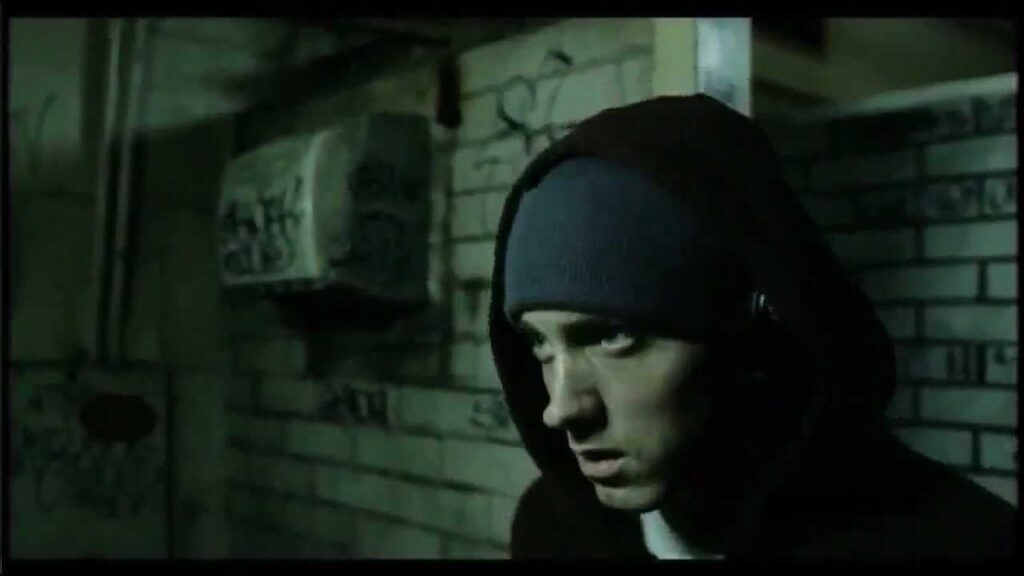
Eminem’s “Lose Yourself,” featured in the 2002 film 8 Mile, became one of the defining tracks of his career. With its urgent rhythm, motivational lyrics, and raw delivery, the song perfectly reflected the struggles of the character Eminem played. Listeners outside the movie connected to its universal theme of seizing opportunities, making it resonate across generations.
The single dominated charts worldwide, spending 12 weeks at number one on the Billboard Hot 100. It also became the first rap song to win the Academy Award for Best Original Song, cementing its place in music history. Today, it is used everywhere from sports arenas to personal playlists as a symbol of determination, proving it thrives independently of the movie.
“Footloose” by Kenny Loggins (Footloose)
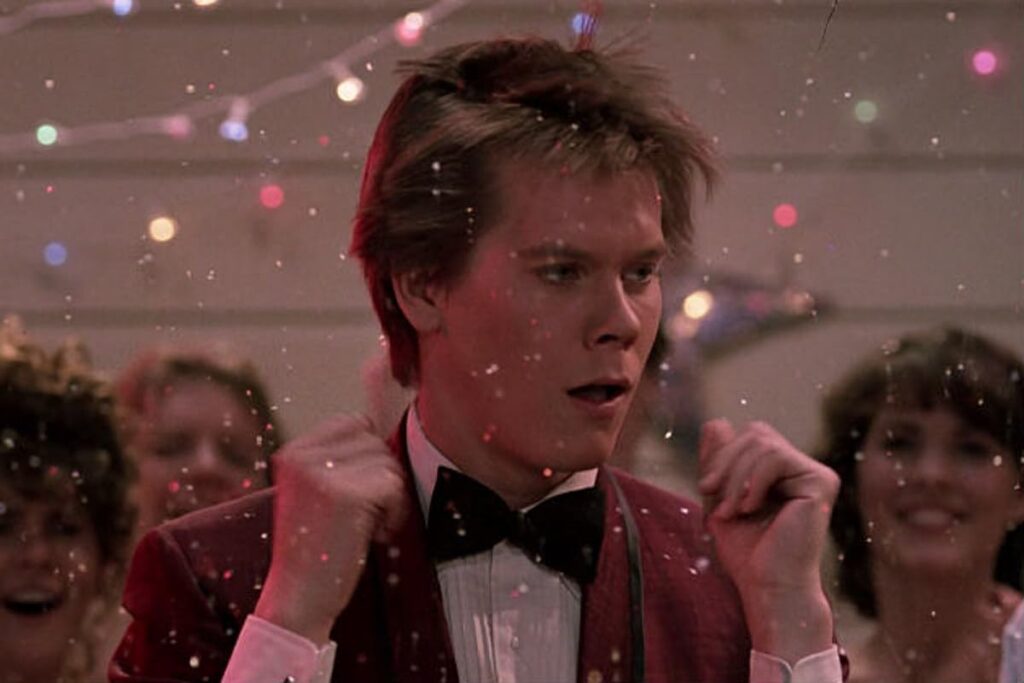
The 1984 release of Footloose brought Kenny Loggins’ energetic anthem into the spotlight. With its upbeat tempo, infectious chorus, and celebratory message, “Footloose” encouraged listeners to let go and dance freely. The film’s storyline about a town banning dancing gave the track even more meaning, but the song’s universal appeal carried it far beyond the screen.
It reached number one on the Billboard Hot 100 and became one of Loggins’ most recognizable hits. Over the years, “Footloose” has been revived through covers, parodies, and even the 2011 film remake. The song’s enduring popularity has turned it into a cultural staple, making it one of the rare cases where the track became just as legendary as the movie itself.
“Danger Zone” by Kenny Loggins (Top Gun)
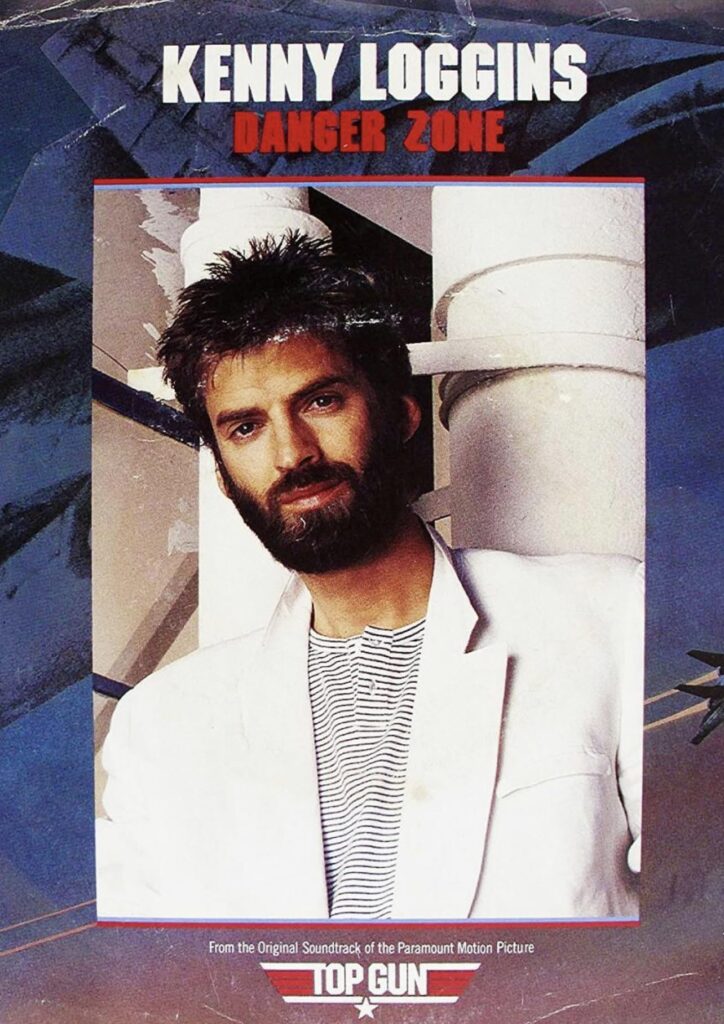
Another contribution from Top Gun, “Danger Zone,” became the adrenaline-filled anthem of the 1980s. Kenny Loggins delivered powerful vocals layered over electric guitars and a pulsing beat that matched the film’s high-speed flying sequences. The track set the tone for the entire movie, embodying the thrill and danger of aerial combat.
The single peaked at number two on the Billboard Hot 100 and became one of Loggins’ signature hits. It gained a reputation as the ultimate driving and workout song, ensuring its survival far beyond the original release of Top Gun. The song’s resurgence during the release of Top Gun: Maverick showed that it still carries the same energy decades later.
“Let It Go” by Idina Menzel (Frozen)
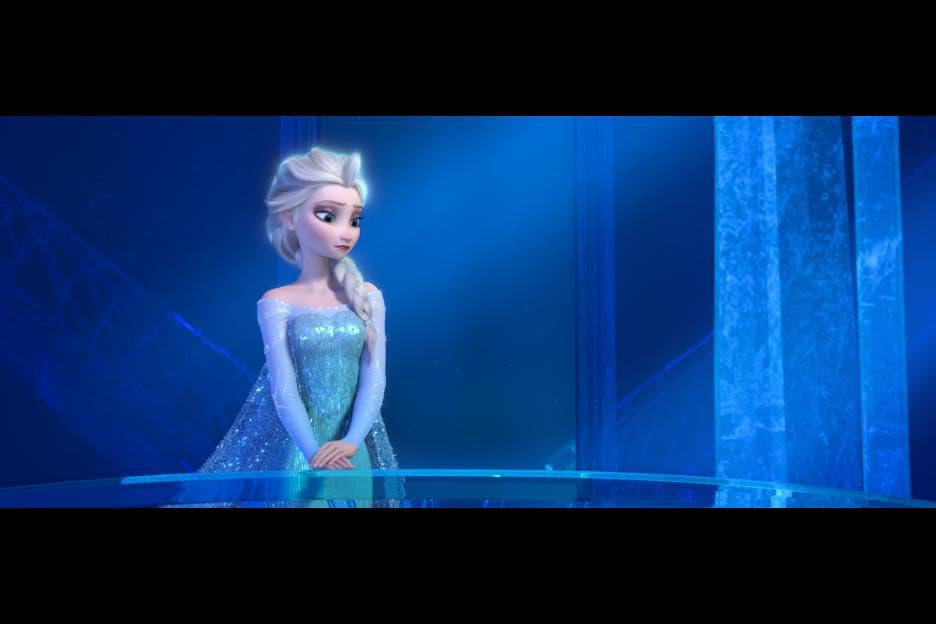
Released in 2013, “Let It Go” became the centerpiece of Disney’s Frozen. Sung by Idina Menzel, the ballad combined powerful lyrics of self-acceptance with a soaring melody that captured both children and adults. While the movie helped it gain initial attention, the song’s message allowed it to stand alone as an anthem of personal freedom.
The single topped charts worldwide, won the Academy Award for Best Original Song, and earned a Grammy. Its cultural reach extended into countless covers, parodies, and performances, making it nearly impossible to escape during its peak. Even years after Frozen’s release, the song continues to live as a standard in school performances, talent shows, and major events, proving its independence from the film.
“Kiss From a Rose” by Seal (Batman Forever)
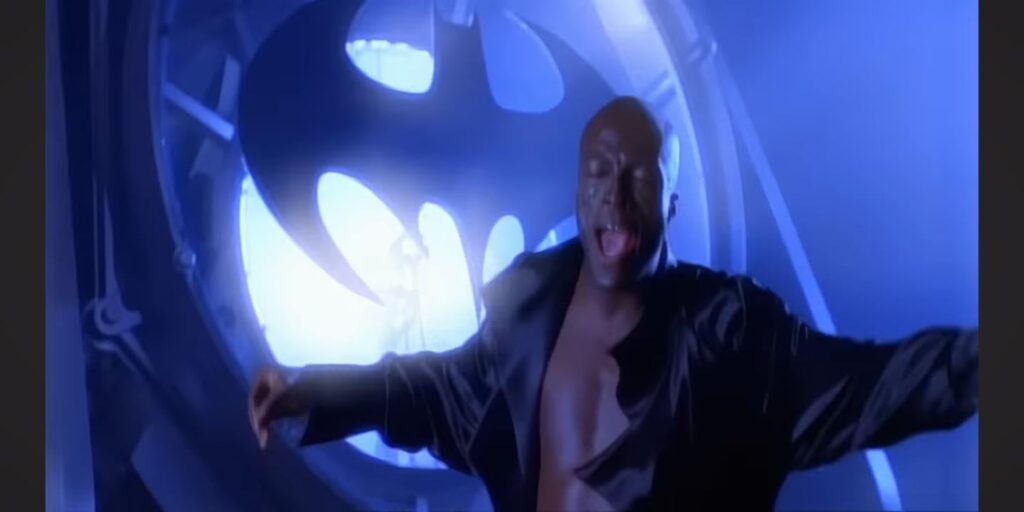
Originally released in 1994 without much fanfare, Seal’s “Kiss From a Rose” gained massive attention when it was included in Batman Forever in 1995. Its unusual blend of haunting melodies, poetic lyrics, and orchestral arrangements made it stand out on radio playlists. Seal’s rich, emotive vocals gave the track depth that listeners gravitated toward.
The single eventually topped the Billboard Hot 100 and won multiple Grammy Awards, including Record of the Year. Its success overshadowed the film itself, becoming one of Seal’s most enduring songs. While Batman Forever has faded in cultural memory, the ballad remains a radio favorite and a defining moment in Seal’s career.
“Flashdance… What a Feeling” by Irene Cara (Flashdance)
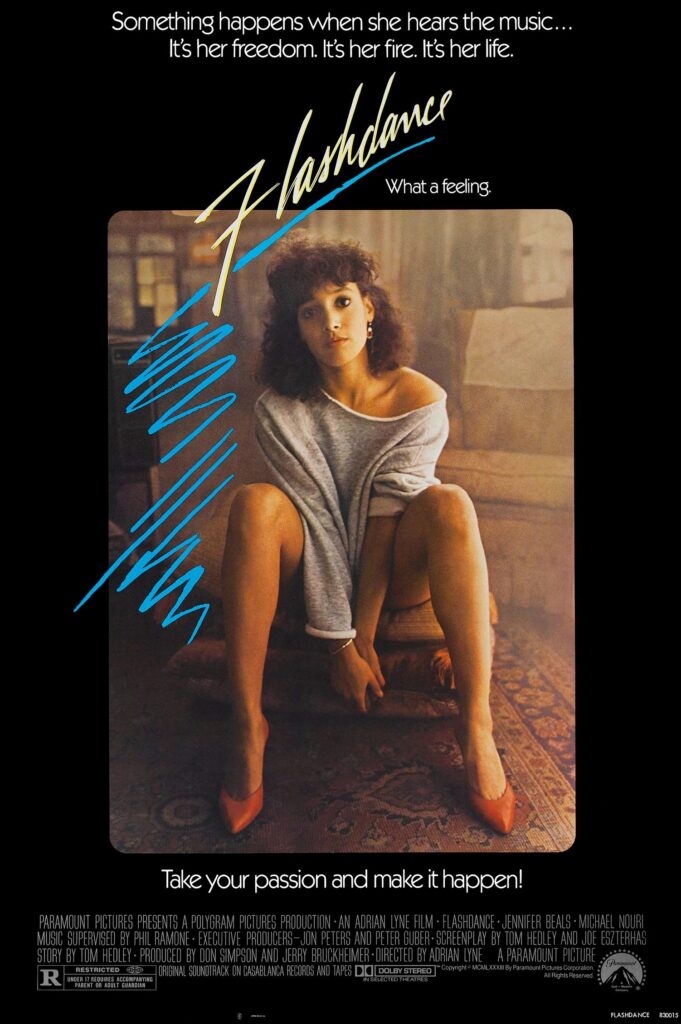
The 1983 hit “Flashdance… What a Feeling” perfectly captured the themes of ambition and self-expression in the movie Flashdance. Irene Cara’s energetic vocals blended with Giorgio Moroder’s production to create a song that felt both uplifting and empowering. Its upbeat rhythm and catchy hook made it a natural fit for both the film’s dance sequences and radio airplay.
The single topped the Billboard Hot 100 and won both an Academy Award and a Grammy. Its message of chasing dreams resonated with audiences, allowing it to break free from its movie origins. Over time, it became a motivational anthem used in commercials, events, and personal playlists, giving it lasting relevance.
This article originally appeared on Avocadu.
